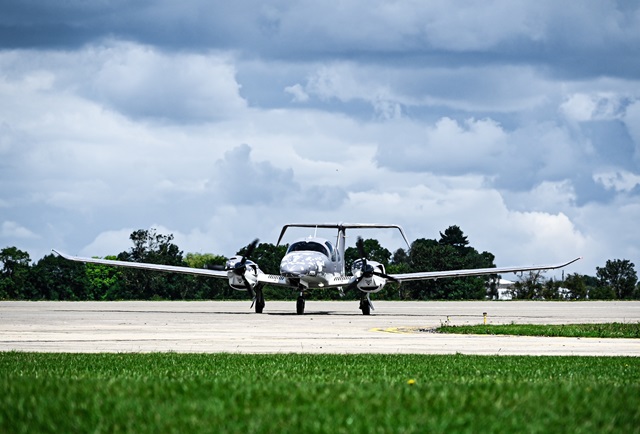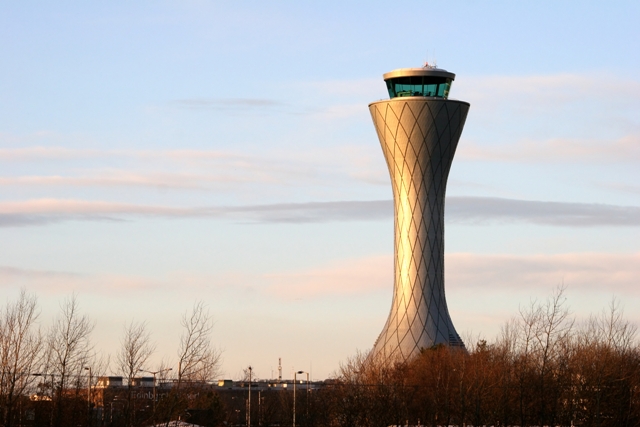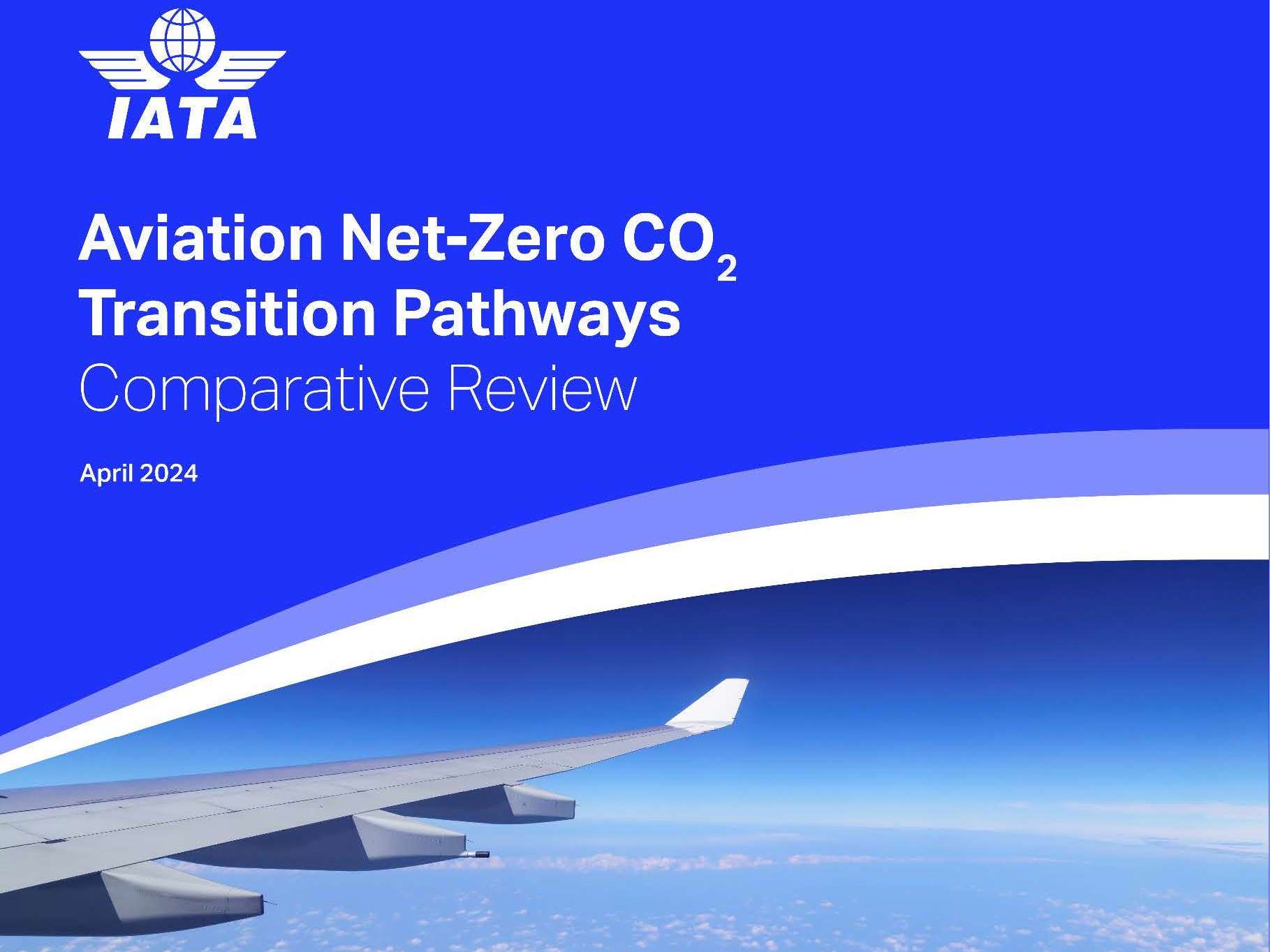Cobham and Inmarsat connect Shenzhen's A320 cockpits

Above: Cobham sales engineer Ying Cui helps configure the AVIATOR 300D terminal with Shenzhen Airlines.
In addition the airline has received a Supplemental Type Certificate (STC) to extend the system to its Boeing 737 aircraft. The innovative Chinese operator has ordered 77 AVIATOR 300D systems for the Airbus aircraft and started a parallel evaluation of the system on the Boeing fleet.

Above: Shenzhen Airlines A320 departs Guangzhou Baiyun International Airport.
The agreement follows a successful in-flight evaluation on the A320s during which the technology demonstrated significant communications, tracking and safety benefits and proved its compliance with the Civil Aviation Authority of China (CAAC)’s CCAR 121 and AC-121 (4-minute) mandates.
The Cobham AVIATOR 300D, powered by Inmarsat’s SB-S, provides a big data pipe to the cockpit while maintaining security though a data fortress door, which ensures physical segregation of different types of data and allows safe and speedy ACARS/FANS communications over IP and additional background IP capacity for airline operational use.
Inmarsat’s SB-S is the first and only global, secure broadband platform for operational and safety communications. It offers airlines unprecedented visibility into their operations through dedicated IP connectivity between the aircraft and the ground. Utilising market-leading aviation applications, SB-S can improve delay management and scheduling, maintenance capability, fleet and flight crew management, efficiency and predictability, and reduce turnaround time of aircraft. Air traffic management and control is facilitated through reduced separation standards, user preferred routes with dynamic rerouting and tailored arrivals. The system will enable Shenzhen Airlines to fly FANS routes and ensures compliance with the CAAC mandate requiring airlines to operate and control voice communications independent of Air Traffic Control within four minutes.
Shenzhen Airlines is leading the way in its use of next generation satellite connectivity to offer enhanced safety, increased capacity and more efficient operations to its passengers in the rapidly growing Chinese market as advanced flight-tracking capabilities become more important. The airline’s recent evaluation period represented the first time that a Chinese aircraft was equipped with the Inmarsat SB-S satcom technology platform.
The advanced SB-S aviation safety service is available to Chinese airlines under a milestone agreement between Inmarsat, China Transport Telecommunication Information Group Company Limited (CTTIC) and Aviation Data Communication Corporation (ADCC) that leverages the unique capabilities of CTTIC’s Beijing satellite access station, ADCC’s experience in providing flight datalink services in China and Inmarsat’s proven expertise in providing market-leading satellite communications services to the aviation industry.
Cheng-Yu Tang, General Manager, Cobham SATCOM Greater China, who was in charge of this project, said: “With this new order, Shenzhen has demonstrated its confidence in our AVIATOR 300D system and the Inmarsat SB-S IP platform through CTTIC’s turn-key solutions and its Aero Safety Data Platform, and also proved it is fully committed to optimising flight deck and aircraft operations across their fleets in this ground-breaking new era in Chinese aviation. We are excited to work with Shenzhen and other airlines as we continue to develop communication technologies to meet the future needs of the aviation community.”
A spokesperson for Shenzhen Airlines, one of the largest airlines in China, said: “Shenzhen Airlines places great significance on the cooperation with CTTIC, Cobham and Inmarsat in cockpit connectivity. We also regard the SB-S system, including Cobham’s hardware and Inmarsat SB-S service, as a highly advanced and stable system after our internal evaluation. We have now signed the agreement with CTTIC for the whole A320 fleet and will provide the most professional, comfortable and secure service to the passengers with all parties’ efforts.”
John Broughton, Vice President of Safety and Operational Services at Inmarsat Aviation, commented: “We are delighted that our next generation SB-S platform is being rolled out by Shenzhen Airlines in China, one of the fastest growing aviation markets in the world and a key focus area for Inmarsat. The innovative airline has already evaluated SB-S over the last year using the Cobham AVIATOR 300D system, so they have experienced first-hand its ability to transform visibility of aircraft operations. We look forward to working with them and our partners further on this A320 fleet rollout and parallel Boeing fleet evaluation.”
Jian Liu, Vice President of CTTIC and manager of this project, said: “CTTIC, as the telecom operator authorized by Chinese government, is always focused on the Aero Safety Communication Service. In order to promote the capability of Chinese aero safety communication, CTTIC has already invested to construct our Aero Safety Data Platform based in the Beijing SAS station, which is also built up and operated by CTTIC. As the general contractor of Shenzhen’s project, we will provide turn-key solutions to Shenzhen Airlines including airborne hardware, modification solutions, cockpit safety communications services and more. We will assist Shenzhen in setting up the ‘information highway in the cockpit’ by cooperating with ADCC, Cobham and Inmarsat. Meanwhile, we will develop the new cockpit technologies and applications together with Shenzhen Airlines and other partners to realize the vision of the ‘intelligent cockpit’ in the near future.”















